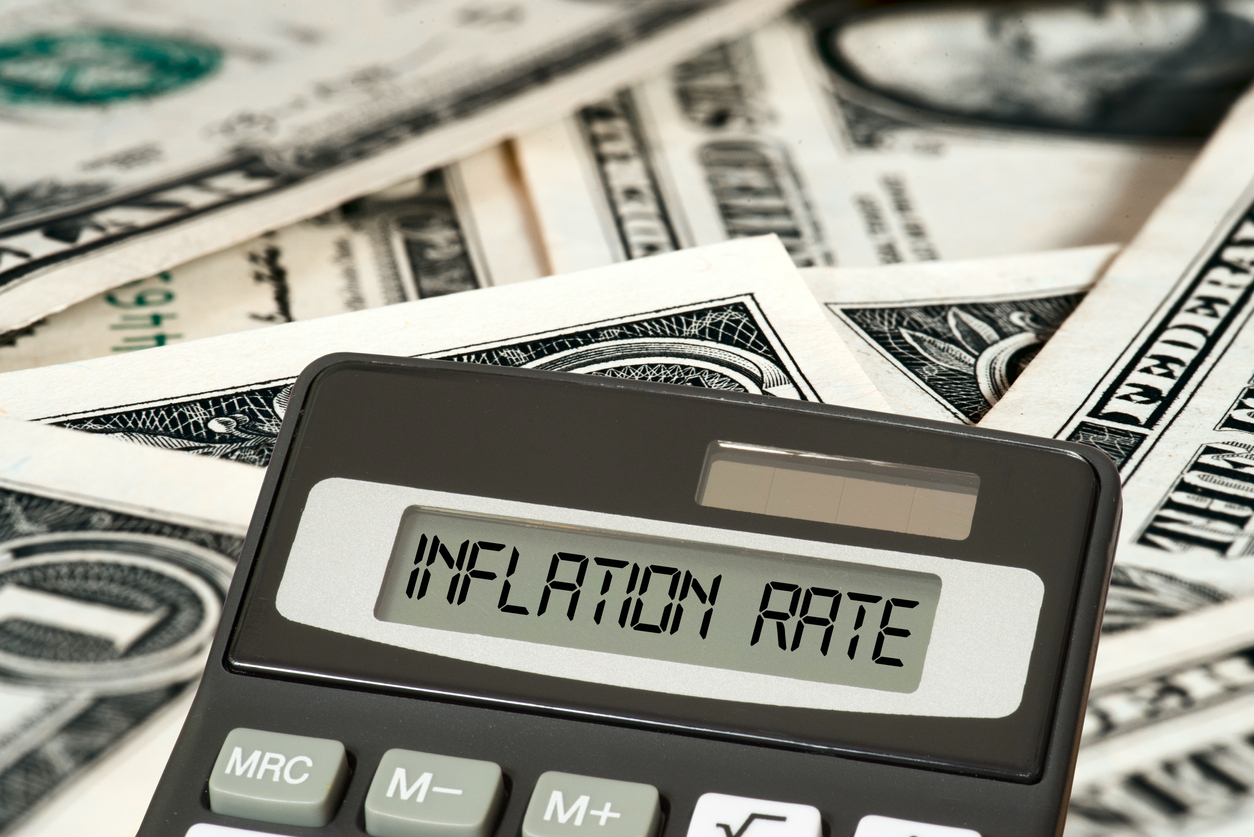Core prices that exclude volatile food and energy items climbed 3.4% from a year earlier
U.S. inflation slowed in May, an ease in price pressures that should boost the likelihood of interest-rate cuts by the Federal Reserve later this year.
The consumer-price index, a measure of goods and service costs across the economy, rose 3.3% annually last month, the Labor Department said Wednesday. In April, prices rose 3.4%.
Core prices that exclude volatile food and energy items rose 0.2% in May, the mildest increase since last July, and were up 3.4% from a year ago, the smallest year-over-year rise since 2021. The closely watched measure of inflation was much softer than economists predicted.
Wednesday’s report keeps alive the prospect that the Fed might be able to cut interest rates at its September meeting. Officials have said they are looking to regain confidence that price growth is slowing after several disappointing figures at the beginning of the year.
Stock futures jumped after the report, while Treasury yields fell. Futures markets on Wednesday priced in a roughly 70% chance of at least two rate cuts by year’s end, according to CME Group, up from 52% Tuesday.
Wednesday’s inflation report, which came hours before a Fed meeting is set to conclude, was better than many investors’ expectations.
Americans in May paid less for transportation than the previous month, while price hikes for medical care services also tapered. Prices at the pump fell despite summer driving season kicking into high gear.
The cost of apparel and dairy products declined in May as some major retailers began cutting prices for thousands of products. Walmart executives said last month that grocery rollbacks were up 45% from a year earlier, while Target unveiled new or coming discounts for items ranging from peanut butter to paper towels.
Economists and investors have eagerly awaited the report for a fresh glimpse into when the Federal Reserve may begin easing monetary policy that shapes mortgage rates, credit card interest and other borrowing costs across the economy.
Few on Wall Street or in Washington believe the central bank will cut rates at the meeting that concludes Wednesday or a subsequent meeting in July.










